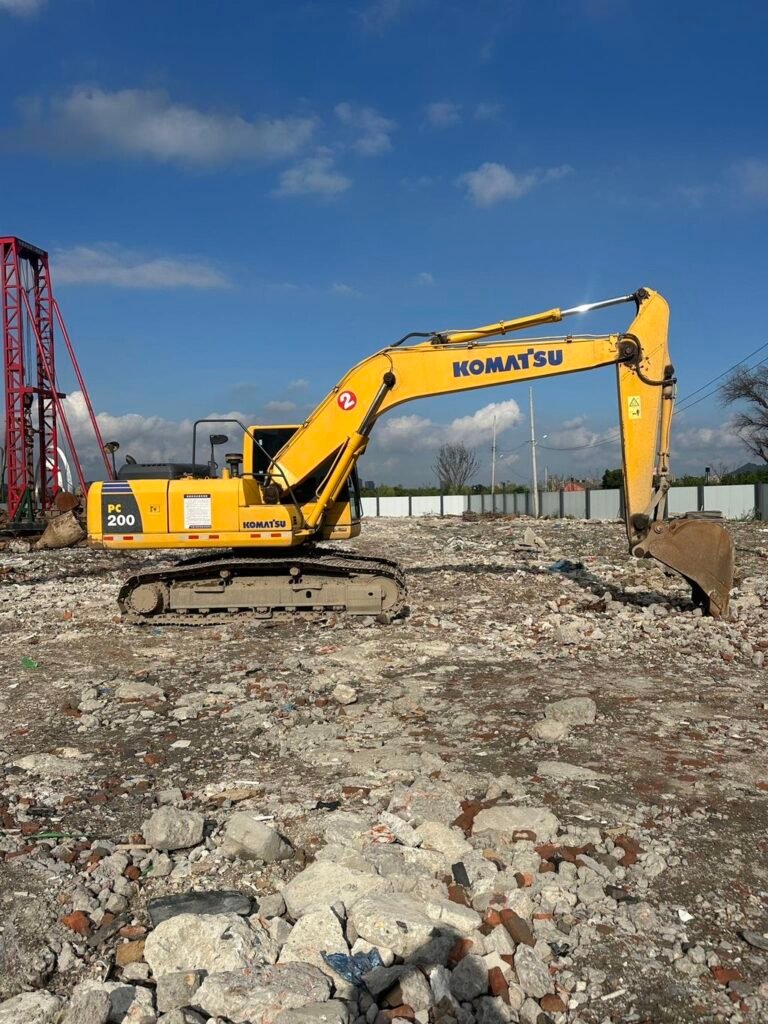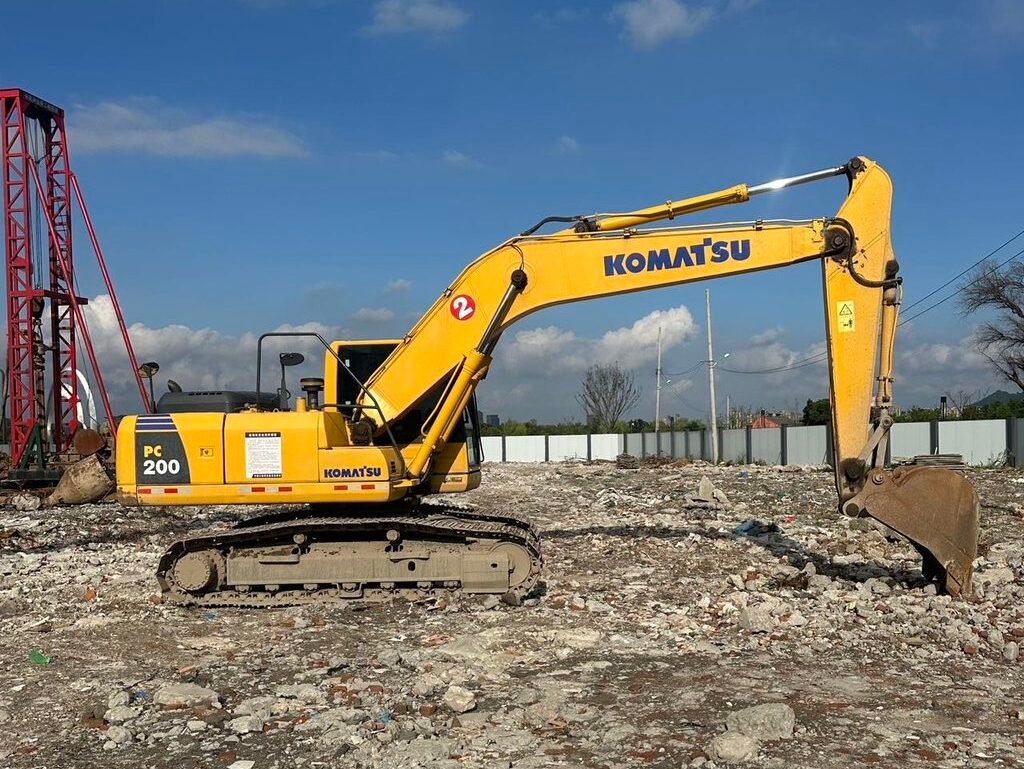I. Introduction
A. Background of Importing Used Excavators
- Q: Why choose to import used excavators?
- A: With the booming construction and engineering industries, many companies seek to import used excavators to reduce costs and obtain high-quality equipment. Imported used excavators often offer competitive pricing and may provide advanced technology and reliable performance compared to domestic options.
B. Importance of Understanding the Import Process
- Q: Why is understanding the import process crucial for customers?
- A: Understanding the import process helps customers avoid potential legal and financial risks, ensuring compliance with regulations. Additionally, familiarity with the process can enhance procurement success rates and efficiency, saving both time and costs.
II. Overview of the Import Process for Used Excavators
A. Preparatory Work Before Procurement
- Q: What preparations should customers make before procurement?
- A: Customers should conduct market research to understand current pricing and available equipment, set a clear budget, and select a reputable supplier to ensure reliable equipment sources and minimize future issues.
- Q: How can customers choose the right excavator?
- A: Customers should select an excavator based on specific project needs, considering the equipment’s specifications, performance, brand, and usage history to ensure it meets project requirements. It’s advisable to review maintenance records and operational history.
B. Import Application and Document Preparation
- Q: What documents are required for the import application?
- A: The import application typically requires a commercial invoice, packing list, certificate of origin, and import license. Ensuring the accuracy and completeness of these documents is key to smooth customs clearance.
- Q: How can the document preparation process be simplified?
- A: Customers can communicate in advance with suppliers to clarify required documents and request necessary document support. Using standard templates and checklists can expedite document preparation and ensure compliance.
C. Customs Clearance and Logistics Arrangement
- Q: What steps are involved in the customs clearance process?
- A: The customs clearance process includes declaration, tax payment, inspection, and release. Customers need to ensure that all documents are ready and comply with local customs requirements to avoid unnecessary delays.
- Q: How can customers choose a suitable logistics company?
- A: Customers should select a logistics company with experience and a good reputation that can provide comprehensive transportation services, including loading, customs clearance, and transport. Maintaining good communication with the logistics provider can ensure a smooth transportation process.
D. Equipment Acceptance and After-Sales Service
- Q: What should customers pay attention to upon equipment arrival?
- A: After the equipment arrives, customers should promptly conduct an acceptance inspection, checking the equipment’s condition and functionality to ensure it meets expectations. Documenting the inspection process and taking photos can provide evidence for future claims.
- Q: How can customers ensure good after-sales service?
- A: When signing contracts with suppliers, customers should clarify the after-sales service agreement, ensuring it includes warranty, repair, and technical support. Understanding the supplier’s response times and service scope can enhance service quality.

III. How to Simplify the Import Process
A. Utilizing Professional Agents
- Q: What are the benefits of hiring a professional import agent?
- A: Hiring a professional import agent can help customers navigate complex customs and document preparation processes, reducing their burden and ensuring compliance with all legal requirements, thus minimizing potential delays and costs.
B. Creating a Clear Timeline
- Q: Why is creating a timeline helpful for the import process?
- A: Establishing a clear timeline allows customers to track the progress of each step, ensuring timely completion of each phase and avoiding additional costs or delays in project timelines.
C. Enhancing Communication and Coordination
- Q: How can communication with suppliers and logistics companies be improved?
- A: Regularly updating project progress and maintaining close contact with suppliers and logistics companies ensures smooth information flow and timely resolution of any issues that may arise. Effective communication can significantly reduce misunderstandings and delays.
IV. Conclusion
A. Summary of Key Points to Simplify the Import Process
- Q: How can customers simplify the import process through proper planning?
- A: Through thorough preparation, utilizing professional services, establishing a clear timeline, and enhancing communication, customers can significantly simplify the import process for used excavators, reducing risks and improving efficiency.
B. Practical Recommendations
- Q: What practical advice can be given to customers considering importing used excavators?
- A: Customers are advised to maintain transparency in information sharing, choose reliable partners, and adequately prepare relevant documents to ensure a smooth procurement process. Additionally, regularly assessing supplier performance can help adjust strategies promptly and ensure successful imports.



